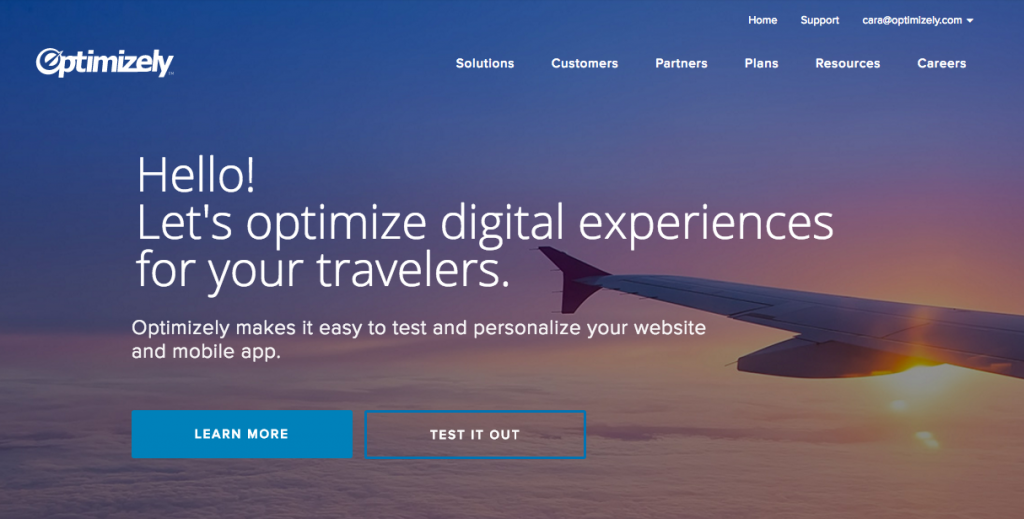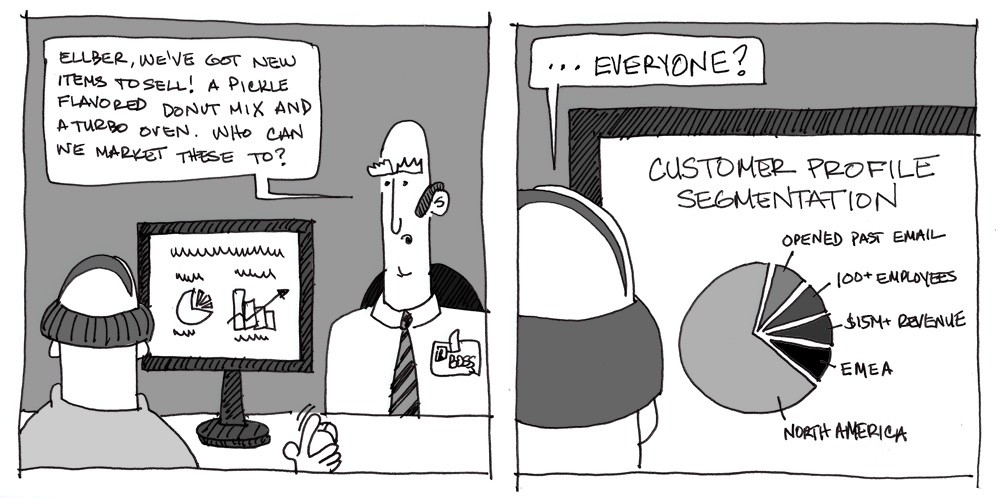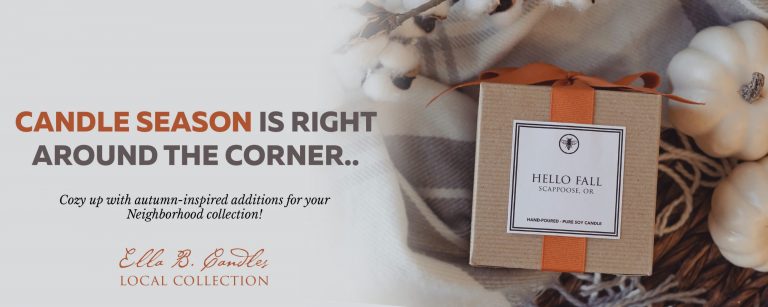Did you know that a good recipe for a successful marketing strategy starts with mixing the right tools and integrating them towards achieving the final goal? Automation and personalization are awesome. When put together they revolutionize the way companies do business.
However, while most companies are actively using automation, they are still struggling to make use of the available data and apply it for a more personalized approach. With all the tools available, companies can collect all types of consumer data and analyze it for generating more sales and increasing conversions.
Create Experience with a Personalized Homepage
The most personal experience a client can have with a brand comes through a homepage. When people visit a website, they do not always come to make an immediate purchase. They want to explore different options, evaluate the pricing, check products’ variety, and whether the brand’s values resonate with theirs, taking small steps before making a decision. The webpage is full of such small steps that assist with converting customers: from CTA buttons, email newsletter sign-ups, to adding things to the cart, or saving them in the wishlist. Although such micro-conversions are not always leading to purchase, they are important factors that encourage visitors to click on “proceed to checkout” and complete it. And here personalization takes the lead, putting all the relevant data to the forefront.
Based on the collected information, you can design your brand’s homepage depending on the location, time zone, and other factors. Tracking metrics and checking when people visit your website, identifying their interests, and backgrounds will help you create a personalized experience for those who come from a travel industry or people who like to shop at night. Adding a personal touch, creating customized greetings, and adjusting design seems like a lot to accomplish but justifies itself in the long run.

When you tailor the experience, creating content that speaks to different audiences, you are building connections with your customers before they even click on CTA or start exploring the website.
Make use of segmentation
When visitors sign-up for your newsletter, this a perfect opportunity to get more insights into the audience and their preferences. While most of the CTA forms ask for the basic things like a name, a telephone number and an email address, you can take it further and include more questions, asking to specify:
- Company and Job Title
- Geographic location
- Age and Gender
- Interests and Preferences
Such segmentation will allow you to customize further emails and offer products tailored exactly to a specific customer group. A marketing agency will send absolutely different emails to those who work in the industry and people who only need their services; a shop with beauty products will have different letters for men and women, going above and beyond by offering certain products based on a skin type and time of the year.

With the above being said, the more details you ask for, the more you can personalize further interaction, creating a very precise customer profile. Besides, you can even let people adjust the information and complete it in the profile settings. Everyone loves to control the content they get, so let them give you as much information as they are willing to. If you are able to use it smartly, it will improve customer retention and improve their experience with your brand.
Optimize segmented campaigns
When you complete the segmentation, this is when the real work is about to begin. Each segment will need a different approach and offered content. New subscribers might want more information on how to set up the account, prompt for special offers, and some general insights on the products and services.


For those people who have mentioned their location, it will be relevant to include a newsletter with related events happening in the area. Many companies are also practicing triggering emails. This helps to spark curiosity when subscribers show inactivity or leave without completing a purchase or a sign-up. In order to encourage people to visit the website again, companies offer one-time limited offers, discounts on the chosen items, or lure by creating urgency.
Use psychographics for enhanced personalization
If the fact that emails with personalized subjects convert better is not a new thing, the use of psychographics to help with customization might be something to consider. While many companies rely on demographics when creating email content, they miss out on some important factors to take it even further. There are a number of variables that might be difficult to assume based on demographics only.
Let’s take a candle shop as an example. While knowing that women from California, aged between 25 and 60 buy the same candles might be useful, you might want additional information to personalize your newsletters. There is always a certain “why” behind the conversion, and in order to retain clients, you need to dig it further. When you understand why people buy candles, whether they like their smell or mainly need them for the decor, you will be able to create hand-picked content, showing your customers how much you care and value them. Psychographic segmentation helps with defining customers’ habits, goals, and values by talking to them and understanding not only what they want but also why. It increases the effectiveness of the emails, website, and its content along with targeted advertisements.

Include simple surveys among regular customers, prospects, and newcomers. Ask people why they buy certain products, emphasizing on your wish to know and understand them better, show your care, and wish to serve them in the best possible way.
Integrate dynamic content
Based on the collected data, you can put to use dynamic content and stand out among competitors by simply adjusting the information you send to your clients based on both demographic and psychographic data.
Take a sports shoe shop as an example. Brooks running company made a name with their dynamic email newsletter where the information was based on the weather in different locations. People from tropical countries saw different pictures, texts, and offers than the ones who lived in rainy places with cooler weather. It is a sweet touch and an amazing personalization idea to take advantage of. You could use gender or age segmentation, emphasizing things relevant for certain types of people, and creating more value.
Conclusion
All the above seems like a lot to handle, but the digital world, apart from setting higher expectations, comes with bigger opportunities. Various software and automation platforms are able to analyze, segment, and structure all the customer data and use it to create personalized and highly dynamic content.
With the right tools in hand, it is possible to make personalization and marketing automation work together, creating campaigns that convert and provide you with the desired ROI. You will cover more with less time and effort spent. The only thing left to do is choose the correct tools that best fit your needs and give you enough freedom to have fun hitting the goals.
For any related questions or pending queries, please feel free to drop us a line and we will get back to you shortly.
